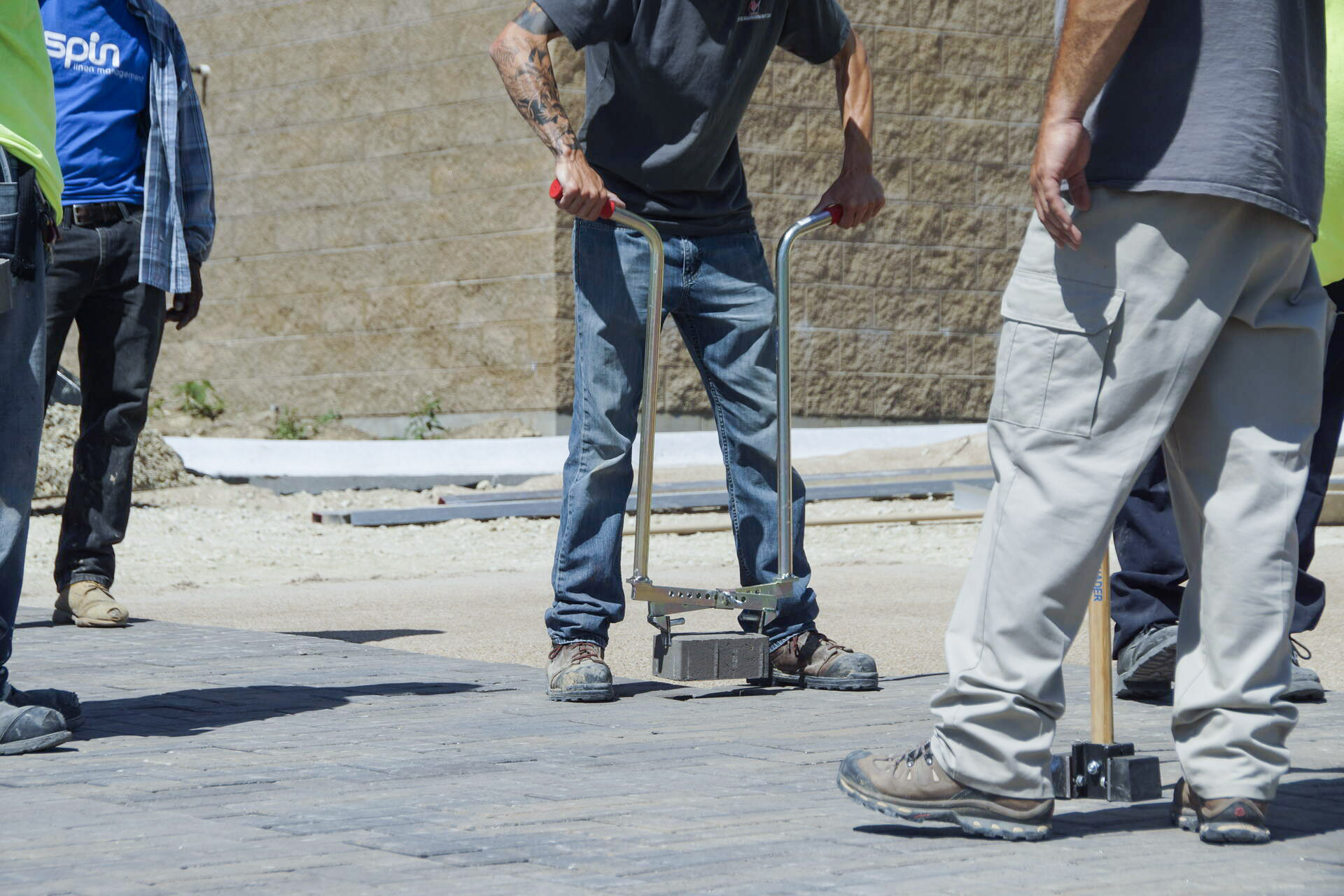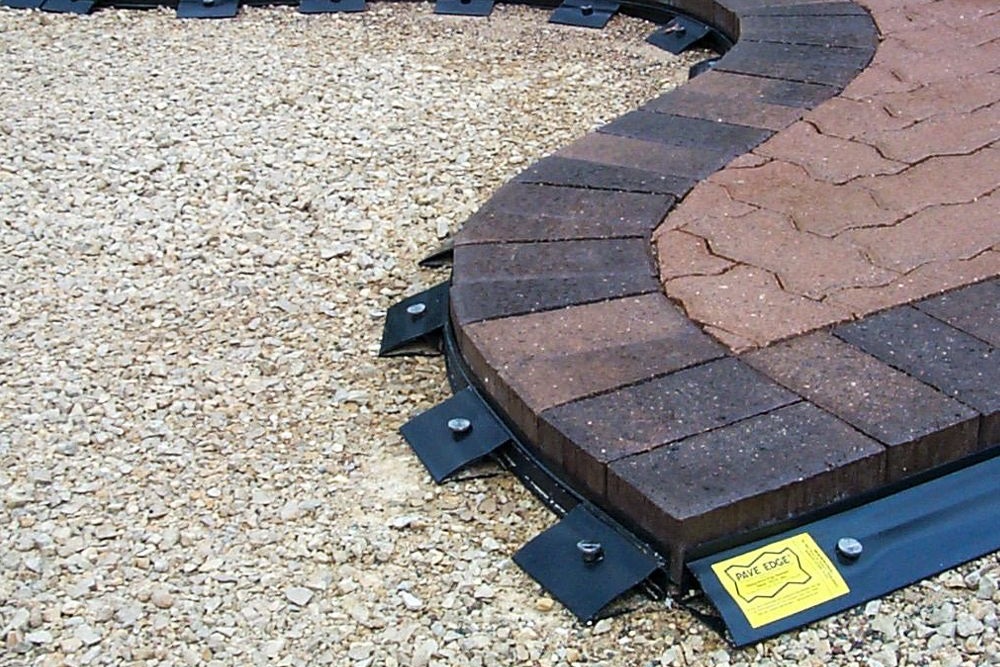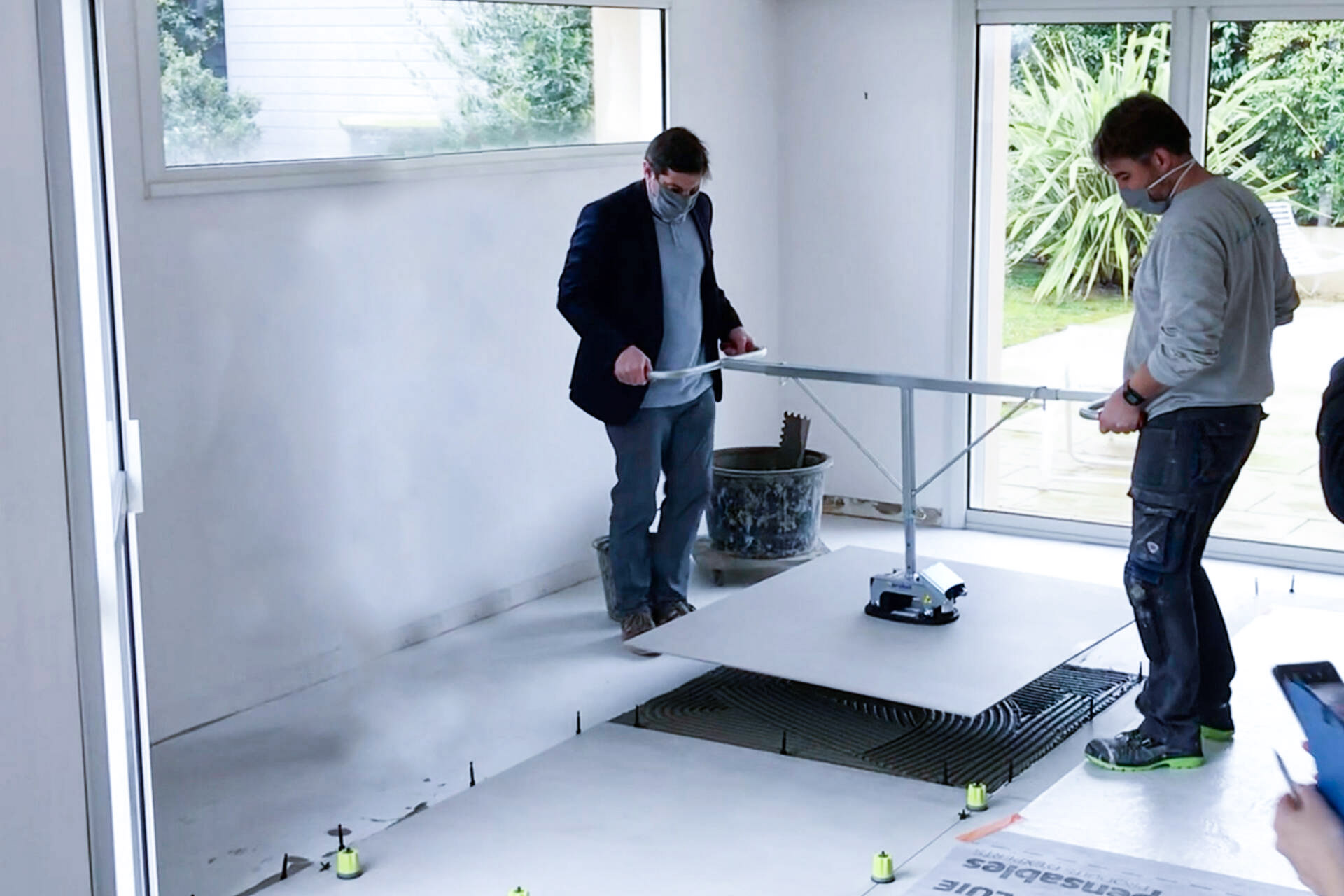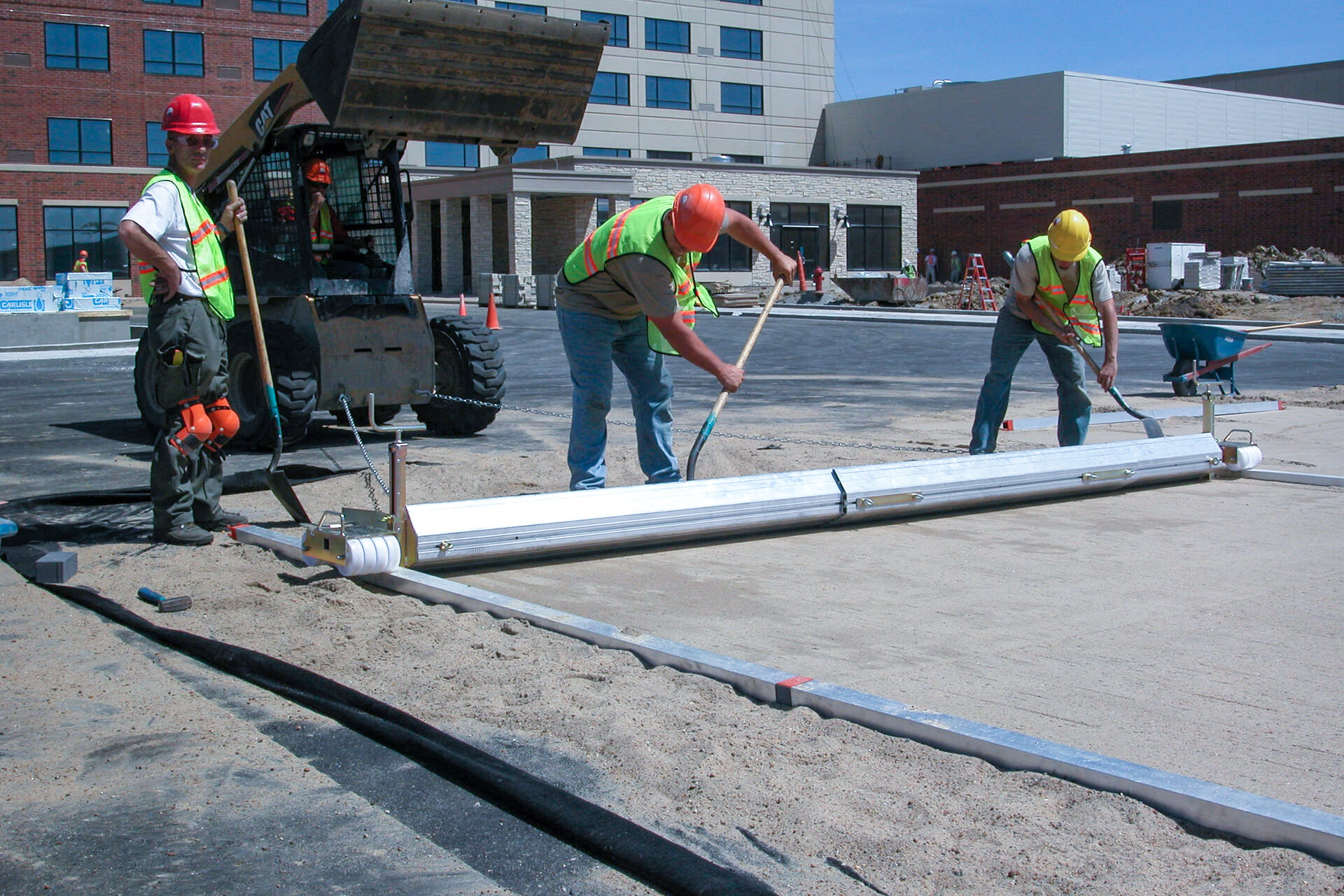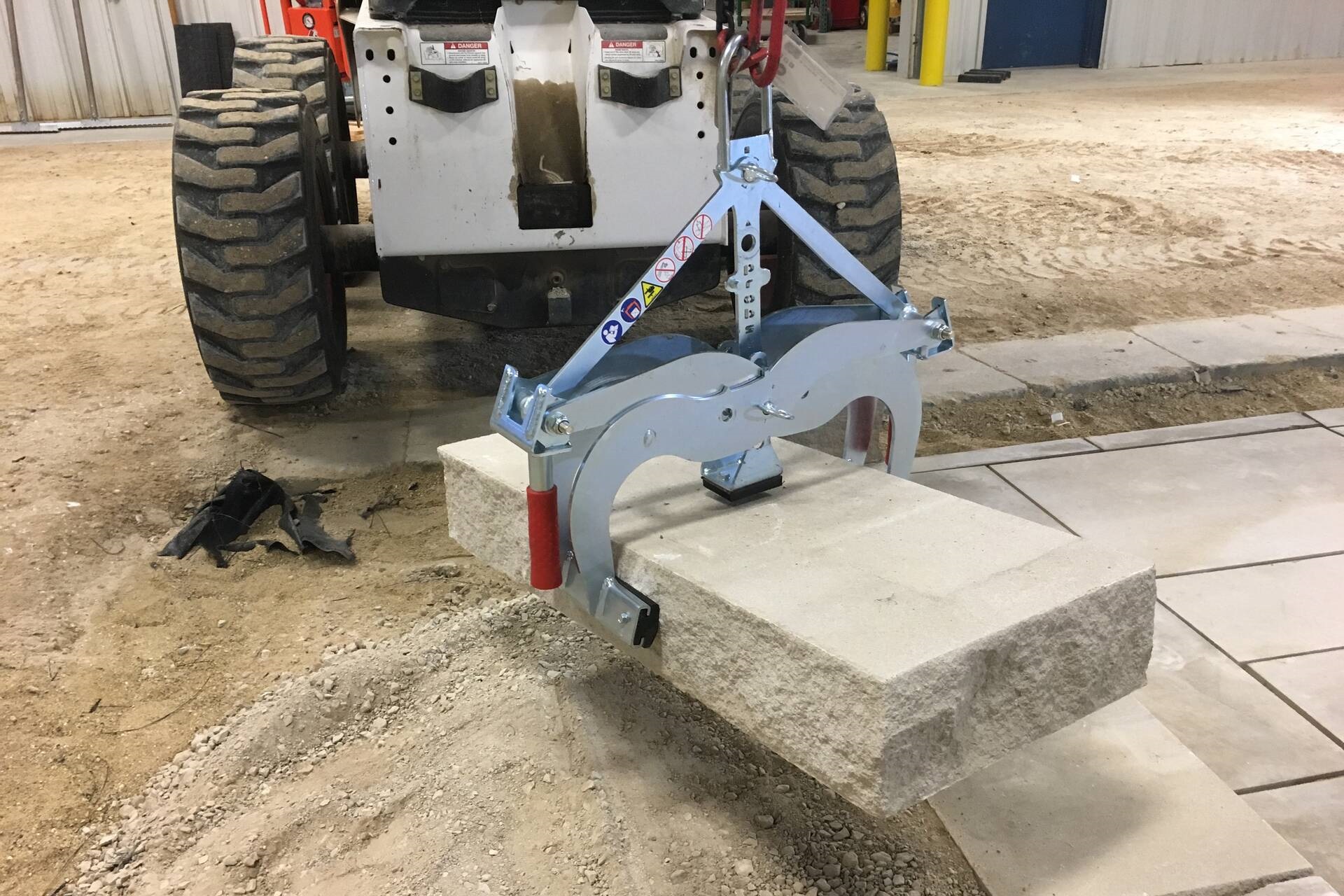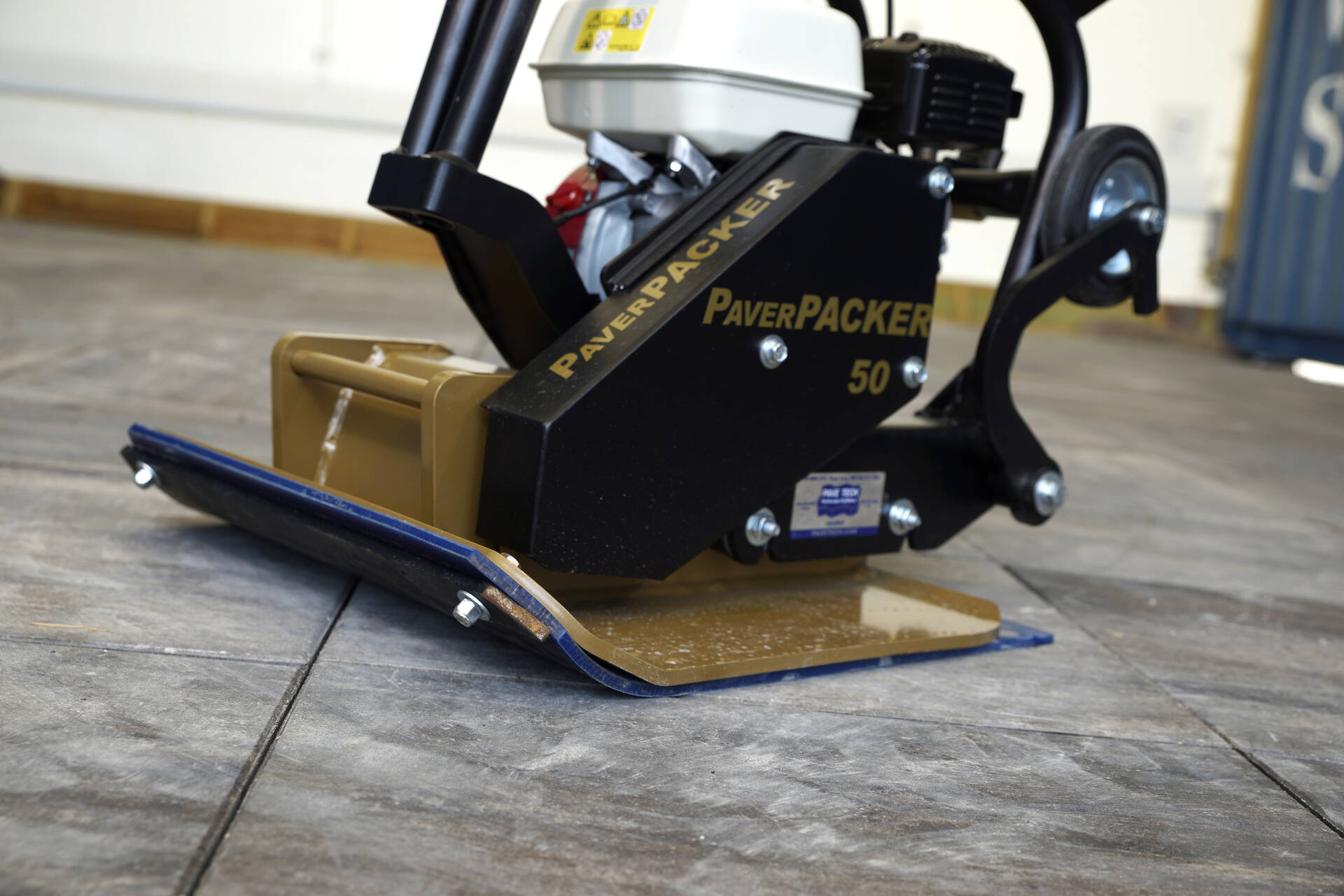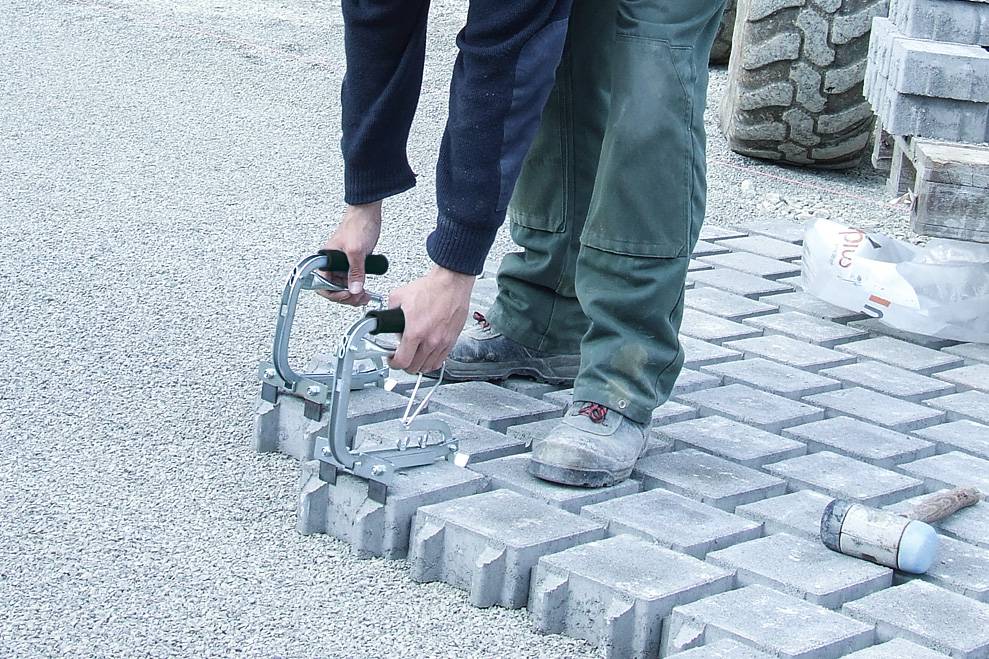YOUR #1 SHOP FOR INNOVATIVE PRODUCTS, TOOLS AND EQUIPMENT
PAVE TECH is your source for solutions to make hard work easier. Offering innovative products, tools and equipment for the Hardscape and Landscape industries.
Optimize your Paving Workflow with our wide Range of Products

Prepare your bedding layer
Choose from our wide range of Screeding Tools - The SandPULL PRO for example is the optimal choice with its adjustable elements making your work quicker, easier and more ergonomic.
Check out our Screeding selection about this is some title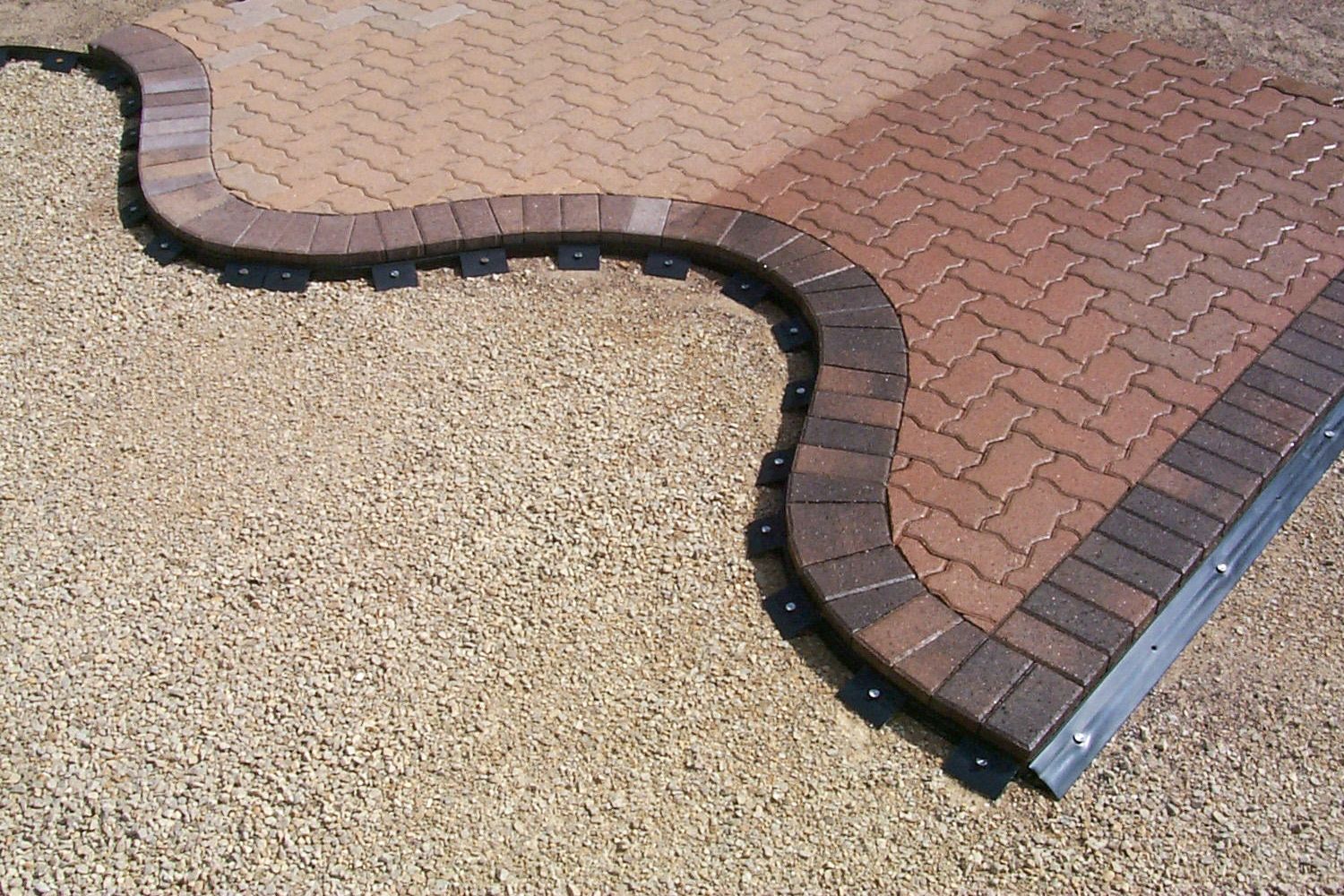
Trust the professionals choice in Edging Products
Ensure the longevity of your work by using the highest performing paver edging in the Industry. The superior design and material resists movement and makess Pave Edge Restraint outperform all others!
Explore our Pave Edge Products about this is some title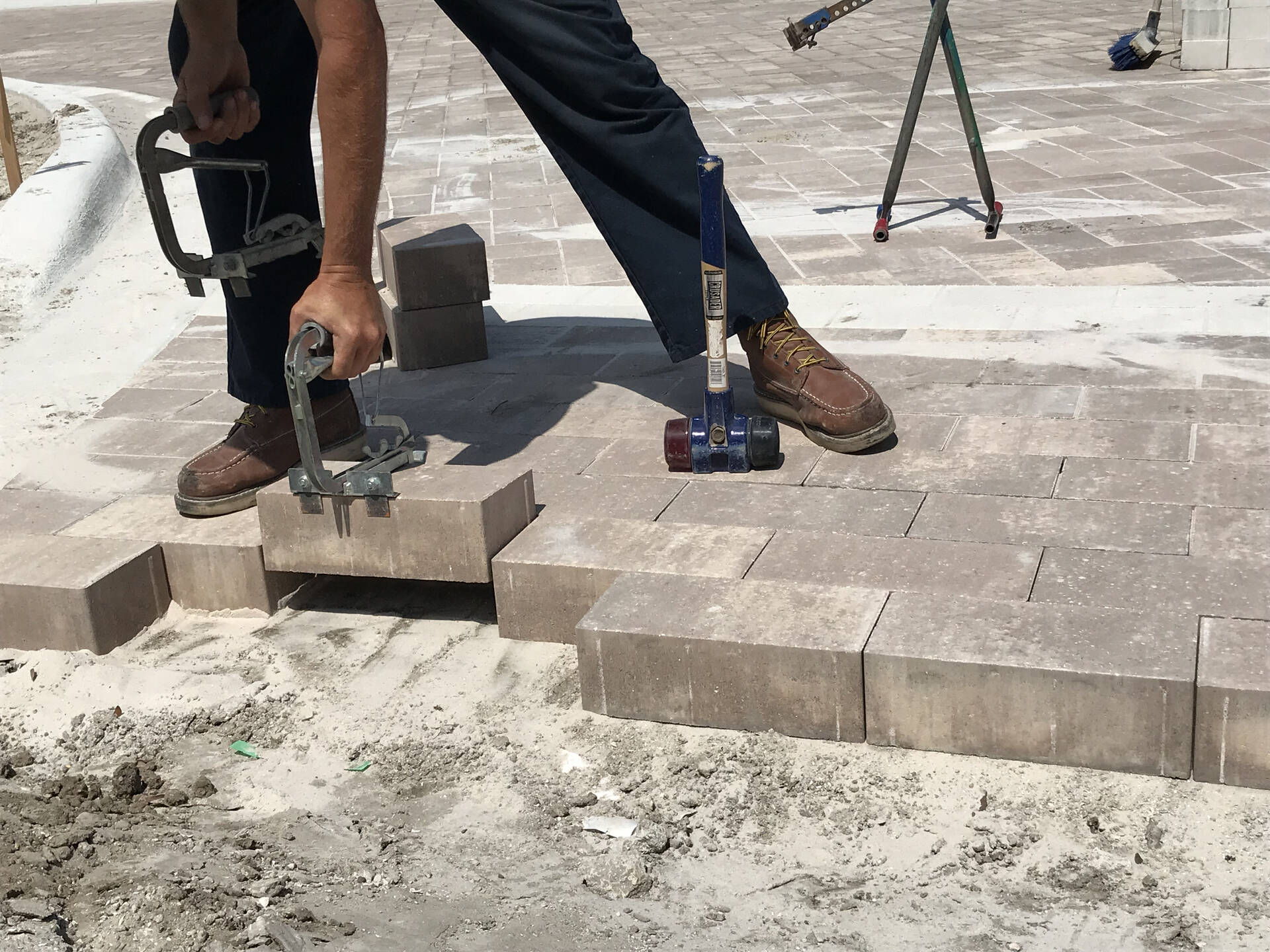
Lay your paving blocks
By using the right tool for the job you can efficiently lay your pavers while making your hard work easier. Grab your pavers directly from the stack using the PaverPAW.
Start Laying with ease now
